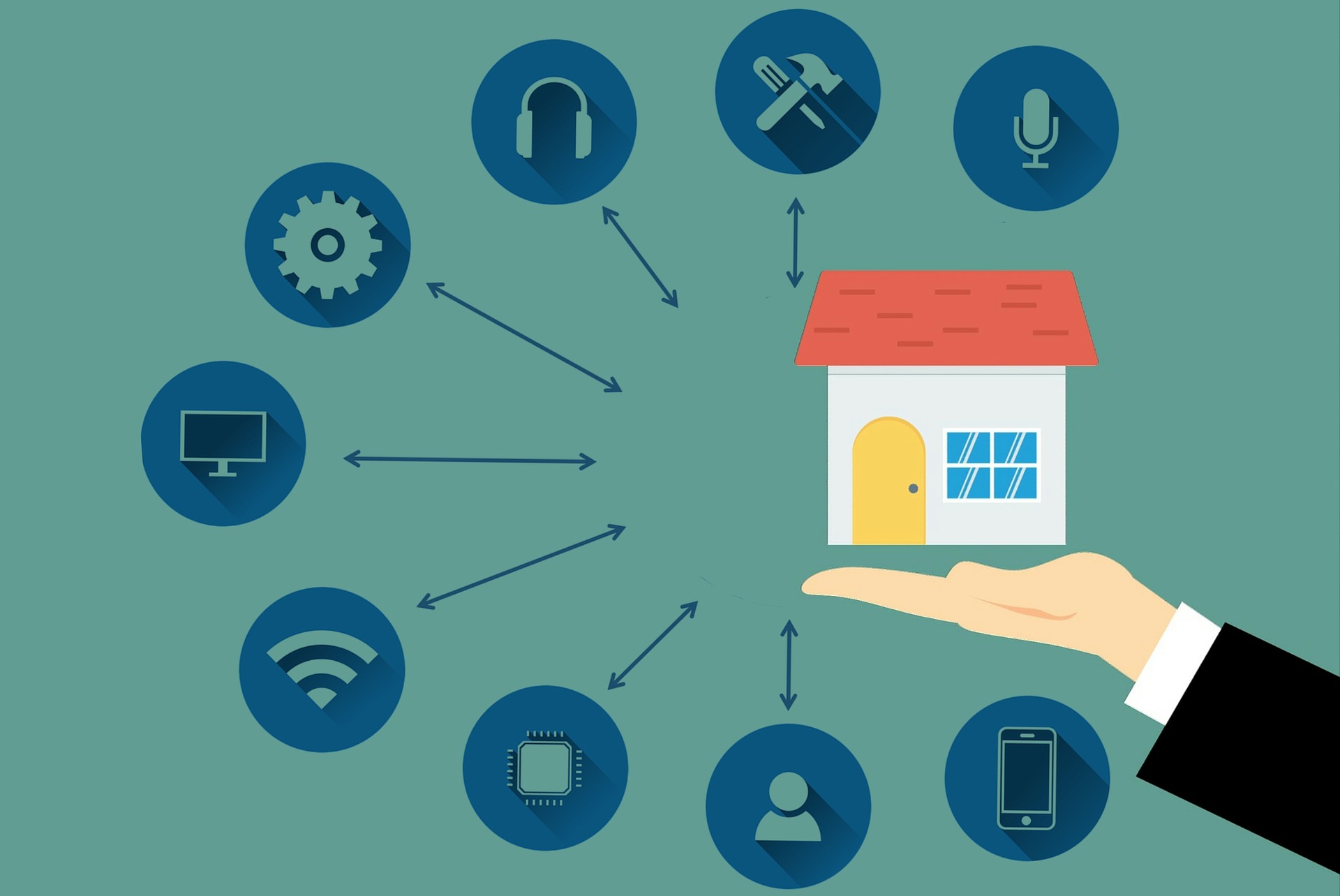
Types Of Building Automation Systems: A Comprehensive Guide
Building automation systems (BAS) are a set of intelligent technologies that control and manage various systems within a building, including HVAC, lighting, security, and more. These systems provide energy efficiency, improved comfort, and increased safety, among other benefits. In this blog, we’ll discuss the different types of building automation systems and their functionalities.
HVAC Control Systems
Heating, ventilation, and air conditioning (HVAC) control systems are among the most common types of building automation systems. These systems manage the heating and cooling of a building to ensure that it remains at a comfortable temperature for its occupants. HVAC control systems can automatically adjust temperature settings based on occupancy, outdoor temperature, and other factors to improve energy efficiency.
Lighting Control Systems
Lighting control systems are another common type of building automation system. These systems control the amount of light in a building to ensure that it is at an optimal level for the occupants. Lighting control systems can automatically adjust the intensity of the lights based on occupancy, daylight levels, and time of day to save energy.
Security and Access Control Systems
Security and access control systems are designed to ensure the safety and security of a building and its occupants. These systems can include CCTV cameras, motion sensors, and access control devices such as key fobs or biometric scanners. They can be programmed to alert security personnel in case of any suspicious activity and to control access to certain areas of the building.
Fire and Life Safety Systems
Fire and life safety systems are designed to protect a building and its occupants in case of a fire or other emergency. These systems can include fire alarms, smoke detectors, sprinkler systems, and emergency lighting. They can be programmed to automatically alert occupants and emergency services in case of an emergency.
Energy Management Systems
Energy management systems are designed to improve the energy efficiency of a building by monitoring and controlling energy usage. These systems can include sub-metering, demand response, and energy monitoring and analytics. They can be programmed to optimize energy usage based on occupancy, outdoor temperature, and other factors to reduce energy waste.
Building Management Systems
Building management systems (BMS) are designed to manage and control all the systems within a building, including HVAC, lighting, security, and more. BMS systems can be used to monitor and control energy usage, optimize occupant comfort, and ensure the safety and security of the building. They can also be programmed to provide real-time data analytics and reports for building managers to make informed decisions.
Integrated Building Systems
Integrated building systems are designed to integrate all the building automation systems into a single, unified system. This integration allows for greater control and management of all the building systems and can improve energy efficiency, comfort, and safety. Integrated building systems can be customized to meet the specific needs of a building, and can be easily scaled as the building grows and changes.
Final Thoughts
In conclusion, building automation systems are a set of intelligent technologies that control and manage various systems within a building. There are many types of building automation systems, including HVAC control systems, lighting control systems, security and access control systems, fire and life safety systems, energy management systems, building management systems, and integrated building systems. Each of these systems provides specific functionalities that can improve energy efficiency, comfort, and safety within a building. Building managers should carefully consider the specific needs of their building when choosing a building automation system to ensure optimal performance and functionality.
